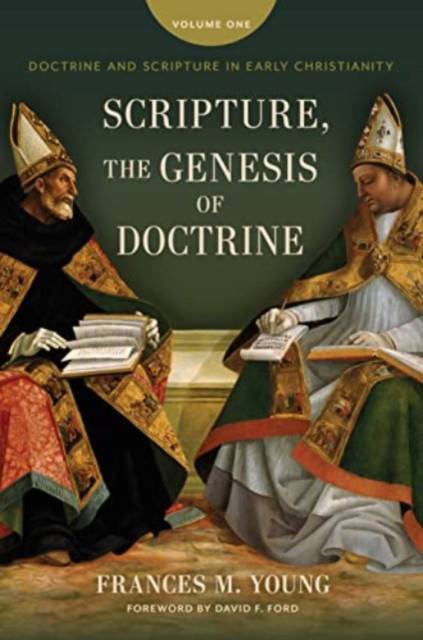
- Retrait gratuit dans votre magasin Club
- 7.000.000 titres dans notre catalogue
- Payer en toute sécurité
- Toujours un magasin près de chez vous
- Retrait gratuit dans votre magasin Club
- 7.000.0000 titres dans notre catalogue
- Payer en toute sécurité
- Toujours un magasin près de chez vous
Scripture, the Genesis of Doctrine
Doctrine and Scripture in Early Christianity, Vol 1.
Frances M Young
Livre relié | Anglais
46,45 €
+ 92 points
Description
How did we get from Scripture to creed?
Historical criticism has revealed a gap between Scripture and the mainstream doctrines that define Christianity today. Not the least of these are the Trinity and two natures of Christ--widely accepted since the fifth century, but unfounded in historical readings of Scripture. How did these dogmas become so integral to the faith in the first place? Frances M. Young tackles this monumental question in a culmination of decades of biblical and patristic research. The first of two volumes exploring the emergence of doctrine in the early church, Scripture, the Genesis of Doctrine reframes the relationship between Scripture and doctrine according to the intellectual context of the first few centuries CE. Young situates the early Christians' biblical hermeneutic within the context of Greco-Roman learning without espousing historical relativism. Ultimately, Young argues that the scriptural canon and the rule of faith emerged concurrently in the early Church, and both were received as apostolic. The perceived gap between the two may in fact be the product of our modern assumptions rather than an ancient reality. Nuanced and ecumenical, Scripture, the Genesis of Doctrine explores early Christians' biblical hermeneutic, with an eye toward how we interpret the Bible today. Young's magisterial study holds widespread implications for not only patristics but also exegesis and systematic theology.Spécifications
Parties prenantes
- Auteur(s) :
- Editeur:
Contenu
- Nombre de pages :
- 308
- Langue:
- Anglais
Caractéristiques
- EAN:
- 9780802882981
- Date de parution :
- 19-10-23
- Format:
- Livre relié
- Format numérique:
- Genaaid
- Dimensions :
- 160 mm x 237 mm
- Poids :
- 589 g

Les avis
Nous publions uniquement les avis qui respectent les conditions requises. Consultez nos conditions pour les avis.






